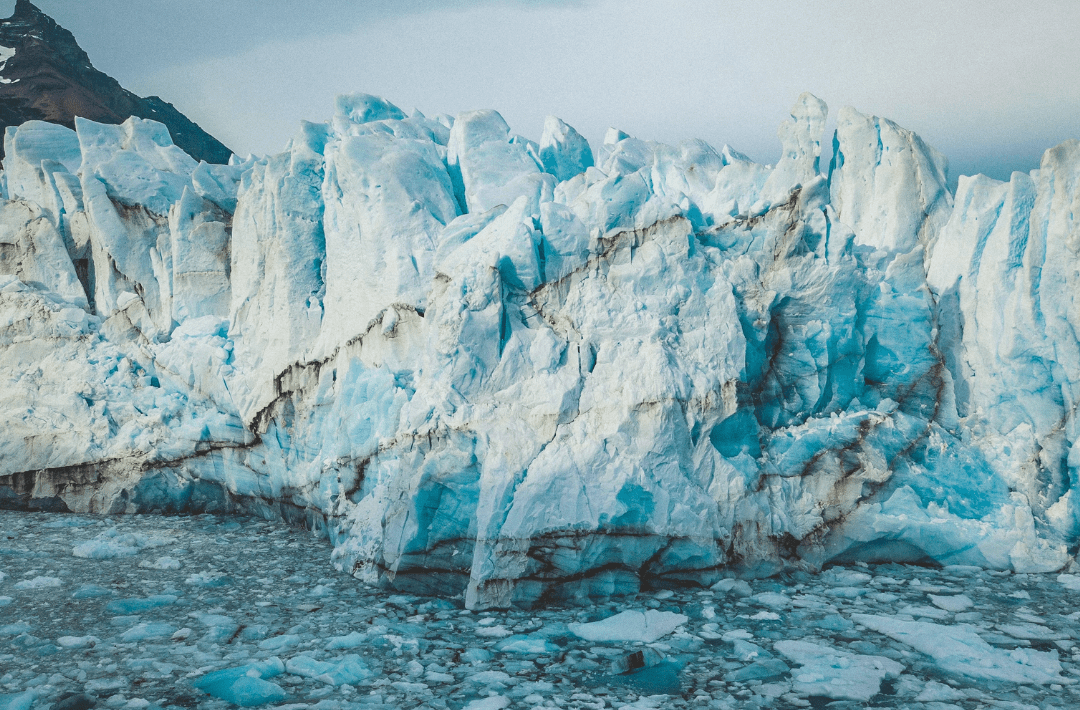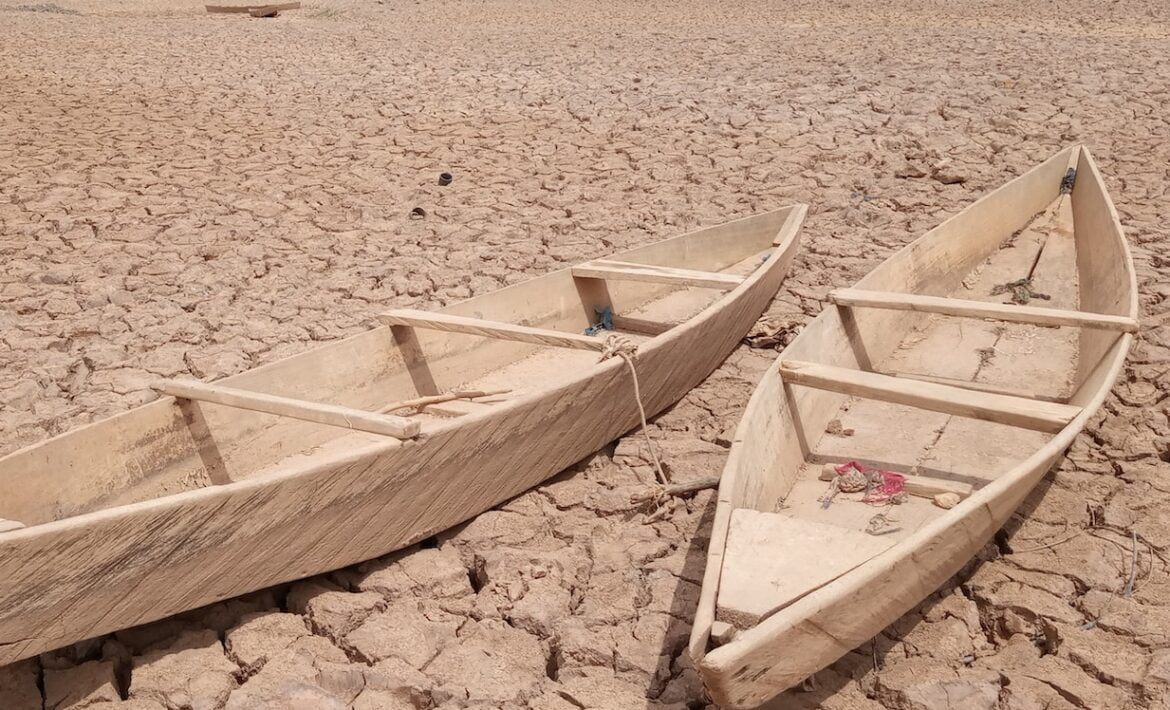
What Is The Phosphorus Cycle?
by Matthew Harris
Phosphorus is one of three primary macronutrients that are essential for plant life. It is a component of many of life’s building blocks, such as proteins and nucleic acids (i.e., DNA and RNA), and is essential for energy transfer [1]. Although phosphorus cycling is tightly coupled with nitrogen cycling, unlike nitrogen, it does not involve a gaseous component and thus the phosphorus cycle depends on travel by water [1,2,3]. Most of the phosphorus within terrestrial ecosystems originally comes from chemical weathering and only makes up 0.09% of the Earth’s crust by weight [2,3].
The phosphorus cycle and its importance
The smallest flux of phosphorus is dust, sea spray, and a small amount of plant pollen through the atmosphere [2]. Atmospheric deposition of phosphorus over some tropical forests and oceans is estimated to be greater than the flux from rock weathering [2]. In phosphorus-depleted ecosystems, such as the Amazon Basin, the survival of the ecosystem depends on atmospheric transport [3]. Only 30% of the phosphorus in soils is available for plants to take up [2]. There is internal cycling of phosphorus between terrestrial vegetation and the soils of around 70-1000 Pg P/yr (1012 g P/yr) [2]. Rivers transport around 21 Pg P/yr from the land to the sea, but only 2 Pg P/yr is available for marine biota, as the rest is sedimented to the continental shelf [2]. Internal cycling within the ocean by marine biota is rapid, happening within a few days [2]. Ocean sediments contain the largest near-surface storage of phosphorus on Earth. Over 100s of millions of years, the sediment is uplifted and weathered, thus completing the phosphorus cycle [2]. The diagram below summarises the flows in the phosphorus cycle.
Diagram showing the main fluxes and stores of the phosphorus cycle. Fluxes and stores from [2]. Diagram by Matthew Harris, CC-BY-SA.4.0, adapted from Public Domain diagram of the carbon cycle.
For plants, phosphorus availability depends on the soil’s chemical characteristics. Much of the phosphorus reacts with other minerals, which makes it unavailable [2]. The degree of acidity (low pH) or alkalinity (high pH) of soils affects the minerals with which phosphorus reacts [2].
Dissolved phosphorus within the ocean and freshwater systems is a limiting nutrient, though whether nitrogen or phosphorus is the most limiting in the ocean is a matter of debate [3,4,5]. Aquatic grazers can be impacted by low ecosystem phosphorus, with lower growth and reproductive rates when the phosphorus content of the consumer’s food is lower than its own phosphorus content [5]. In conjunction with nitrogen, phosphorus is a limiting nutrient across terrestrial ecosystems [5].
Human impacts: a disturbed phosphorus cycle
Human activity has and continues to significantly alter the phosphorus cycle. The primary disturbance is through fertiliser use in agriculture, as with the nitrogen cycle [3,5]. Deforestation impacts the phosphorus cycle through soil erosion and burning, as phosphorus is quickly (within one to two years) leached out of soil and ash [3]. Human waste – sewage, from foodstuff processing and detergents – is an additional anthropogenic source of phosphorus [3]. Human activity also changes the transport of phosphorus through trading crops, livestock, and animal feed [5].
Phosphorus content in rivers is now twice the pre-human amount, and phosphorus released by humans into the cycle is three times greater than pre-human discharge [2,3,5]. This means that the rate of regeneration of phosphorus is lower than the transport from phosphorus stores to terrestrial and oceanic ecosystems [5]. Increased use of fertiliser leads to significant perturbation of the phosphorus cycle, with eutrophication expected for the next 1500 years, until humanity has depleted known sources of phosphorus [3]. Eutrophication leads to dead zones in the ocean – areas of such low oxygen that marine species die or leave the area [6].
Eighty percent of the phosphorus that is mined and used in food production is lost by erosion, runoff, and crop losses [5]. Food transported thousands of kilometres is a major source of phosphorus within urban areas, which, along with detergents, ends up in rivers [5]. Phosphorus flows are one of the nine planetary boundaries and are currently within the zone of uncertainty [7]. Crossing this boundary is likely due to a few agricultural areas with high use of fertilisers [7].
Reference List
[1] Chapin, F. S., Matson, P. A., & Vitousek, P. M. (2011). Principles of Terrestrial Ecosystem Ecology. Springer New York. https://doi.org/10.1007/978-1-4419-9504-9[2] Schlesinger, W. H., & Bernhardt, E. S. (2020). Biogeochemistry. Elsevier. https://doi.org/10.1016/C2017-0-00311-7
[3] Filippelli, G. M. (2008). The Global Phosphorus Cycle: Past, Present, and Future. Elements, 4(2), 89–95. https://doi.org/10.2113/GSELEMENTS.4.2.89
[4] Geider, R. J., et al. (2001). Primary productivity of planet earth: Biological determinants and physical constraints in terrestrial and aquatic habitats. Global Change Biology, 7(8), 849–882. https://doi.org/10.1046/j.1365-2486.2001.00448.x
[5] Schipanski, M. E., & Bennett, E. M. (2021). The Phosphorus Cycle. In Fundamentals of Ecosystem Science (pp. 189–213). Elsevier. https://doi.org/10.1016/B978-0-12-812762-9.00009-5
[6] US Department of Commerce, National Oceanic and Atmospheric Administration (n.d.). What is a dead zone? Retrieved 14 February 2022, from https://oceanservice.noaa.gov/facts/deadzone.html
[7] Steffen, W., et al. (2015). Planetary boundaries: Guiding human development on a changing planet. Science, 347(6223). https://doi.org/10.1126/science.1259855



